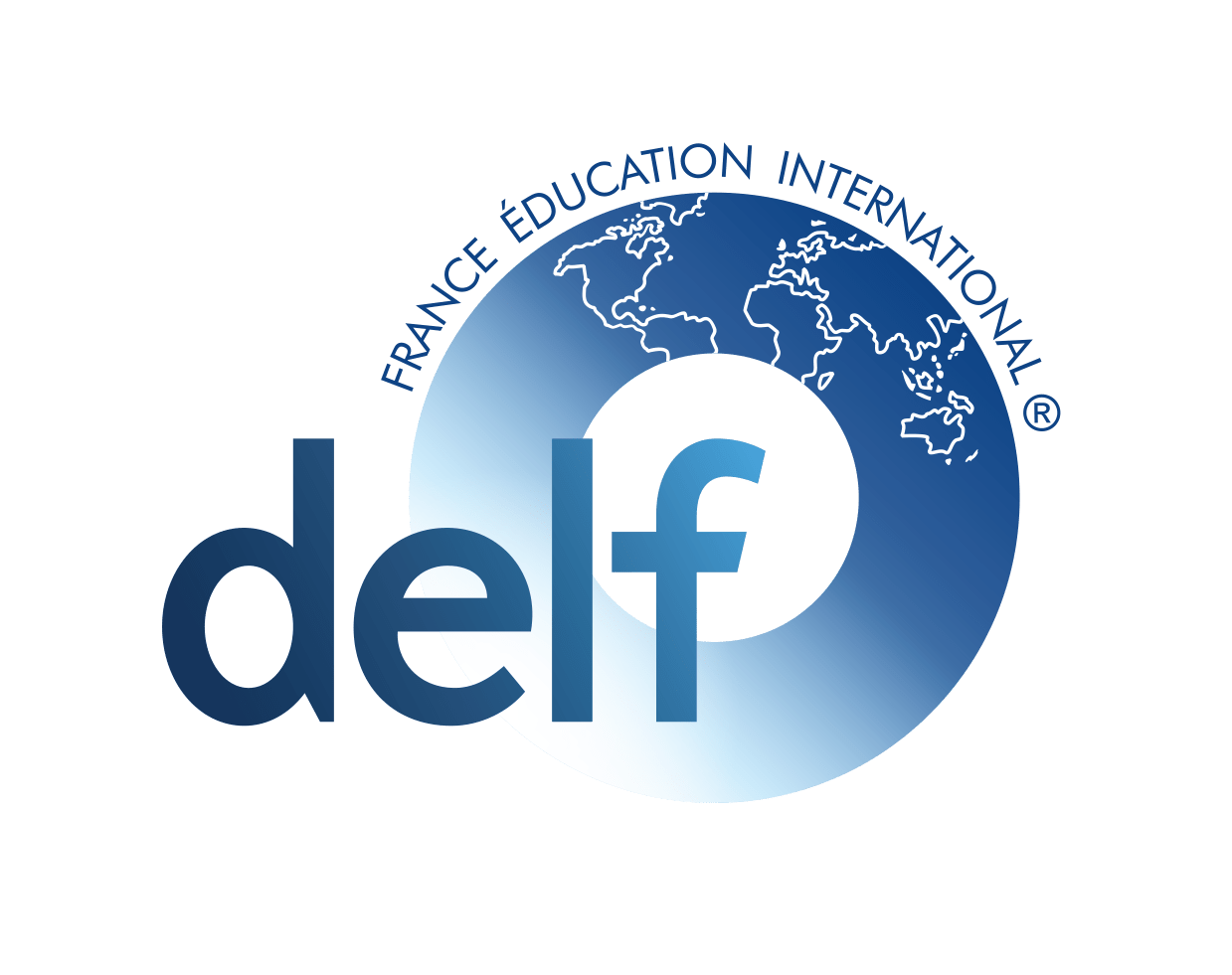Virtual reality for children
Virtual reality for children: What it is, Experience, Workshops
The possibility of using virtual reality for children in the classroom is an advantage to broaden their educational experience. When we talk about immersive experiences and active academic plans, we are referring precisely to the possibility of including this type of activities in the classroom, with which they can learn through images that transport them to other times and places, without leaving the school.
The application of this technology favours dynamics that go beyond the usual classes. The involvement of the student is immediate and improves the memorisation of concepts in the long term, as confirmed by the results obtained in our international school of Madrid.
¿What is virtual reality for children?
Virtual reality for children is based on the application of technological means in the classroom, to create images and simulated spaces related to learning.
In the previous experience, virtual reality for children allowed us to see in first person many of the most representative events of World War II, but we can also see what the structure of a cell looks like, explore different climates or contemplate the main works of art of the Renaissance.
A virtual reality game for children is also a very effective way to keep them interested in the proposed content. The application of virtual reality for children is essentially visual, so they enjoy learning through immersive activities.
What is virtual reality play for children at school like?
Seeing children using virtual reality at school is already a reality in our school. What started as an experiment to include playful activities in the classroom, has become part of their learning.
Using recyclable devices from Google, we can create virtual reality glasses with which any scenario can be brought to life. Using a smartphone, we have a personal screen on which an image is created that can take us to the depths of the ocean, or help us understand the basic workings of the human body.
A virtual reality workshop for children can be adapted to any subject. For them it is a different way of learning, their memory is activated and their attention span is maintained throughout the activity. The possibility of having 360º images also enhances the experience, focusing attention on different spaces.
Virtual reality is not only based on receptive experiences, it can also be a support for students when they present a subject to their peers. A person under the age of 20 is already considered a digital native, which means that they are accustomed to the use of technological resources from their earliest years. For an infant or primary school pupil, it is not strange to work in a classroom with a tablet; on the contrary, it is an element of everyday use.
For a primary school pupil, exposing content from a technological support with virtual reality is a help, and it is something that they learn naturally. Our experience has shown us that for them, it is a method that reinforces their motivation and confidence. Sometimes, public speaking can be difficult for them, however, with the support of virtual reality they learn to perform naturally, reinforcing their confidence and skills.
What can children learn using virtual reality?
Today there are thousands of contents available for viewing in the form of virtual reality. An exceptional example is art classes through this technological experience. Obviously, a textbook cannot contain all the great works of human history, but with a virtual device we can contemplate any painting, sculpture or historical building as if we were in a museum.
The natural sciences are also exciting if we can see first-hand how nature develops. We can even travel to the future to see the consequences of climate change, or to the past, to walk with the dinosaurs of the Jurassic age.
With regard to history and social sciences, the images transport us to the origin of human beings, to medieval landscapes or to the London of the Second Industrial Revolution, to understand in depth what each of these eras entailed.
Much of the learning required in infant, primary and secondary school is carried out through memorisation, interactive activities based on virtual reality reinforce the process of long-term memorisation, and also increase attention.
Virtual reality workshop for children at school
Imagine having the opportunity to travel through the universe and see the movement of the planets as if it were real, our students can conquer the moon, travel to the future and enter the jungle through a revolutionary learning method, which multiplies the student’s retentive capacity.
Our virtual reality workshops for children are a reality at Fontenebro International School. Our teaching team evaluates and incorporates new academic methods based on the use of technology in the classroom. Virtual reality is just one of the techniques that will soon become a basic resource in infant and primary classrooms.
One of the keys to virtual reality for children is cooperation. In our lesson plans, participation and collaboration between pupils is fundamental. Resources based on virtual reality do not isolate pupils, on the contrary, a participative environment is created in the classroom, where they feel comfortable to express themselves and share opinions and knowledge.
Our goal is to continue incorporating learning-oriented technological resources into our curricula, so that our students have the opportunity to take advantage of technology in their development. Experiences such as the World War II first-person classroom are becoming increasingly common, providing our students with the most advanced teaching aids on a daily basis.

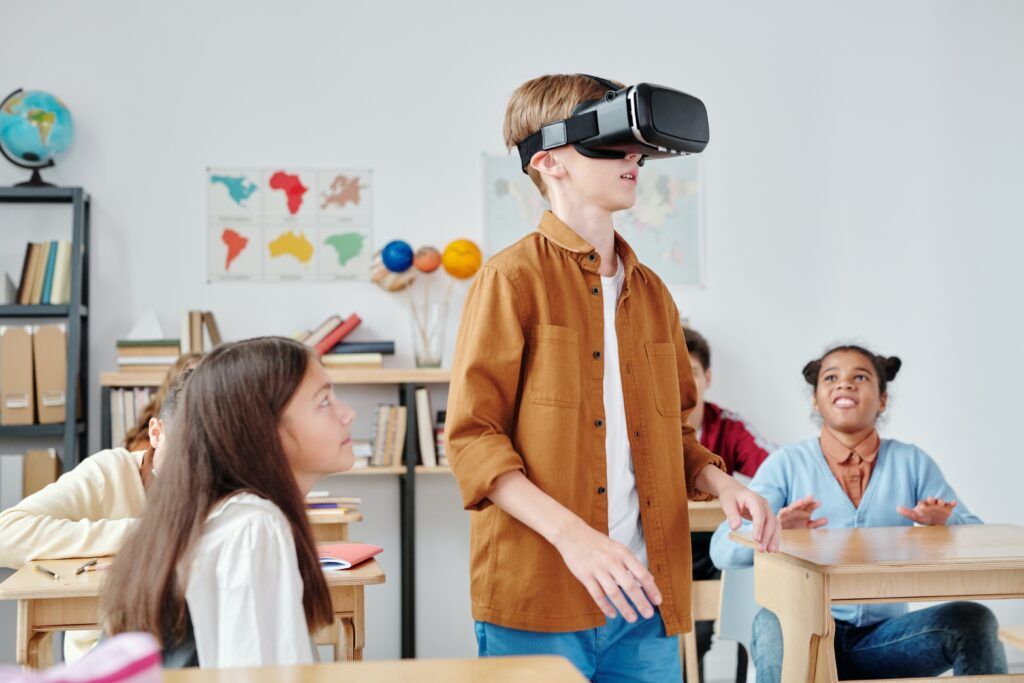
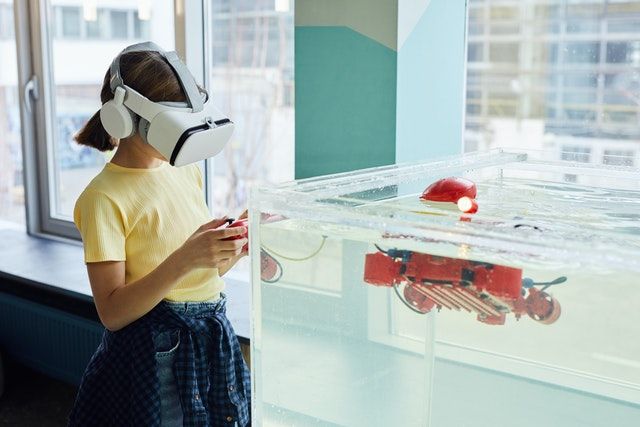
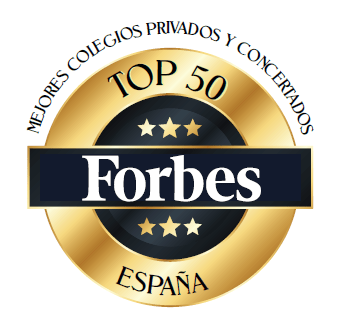
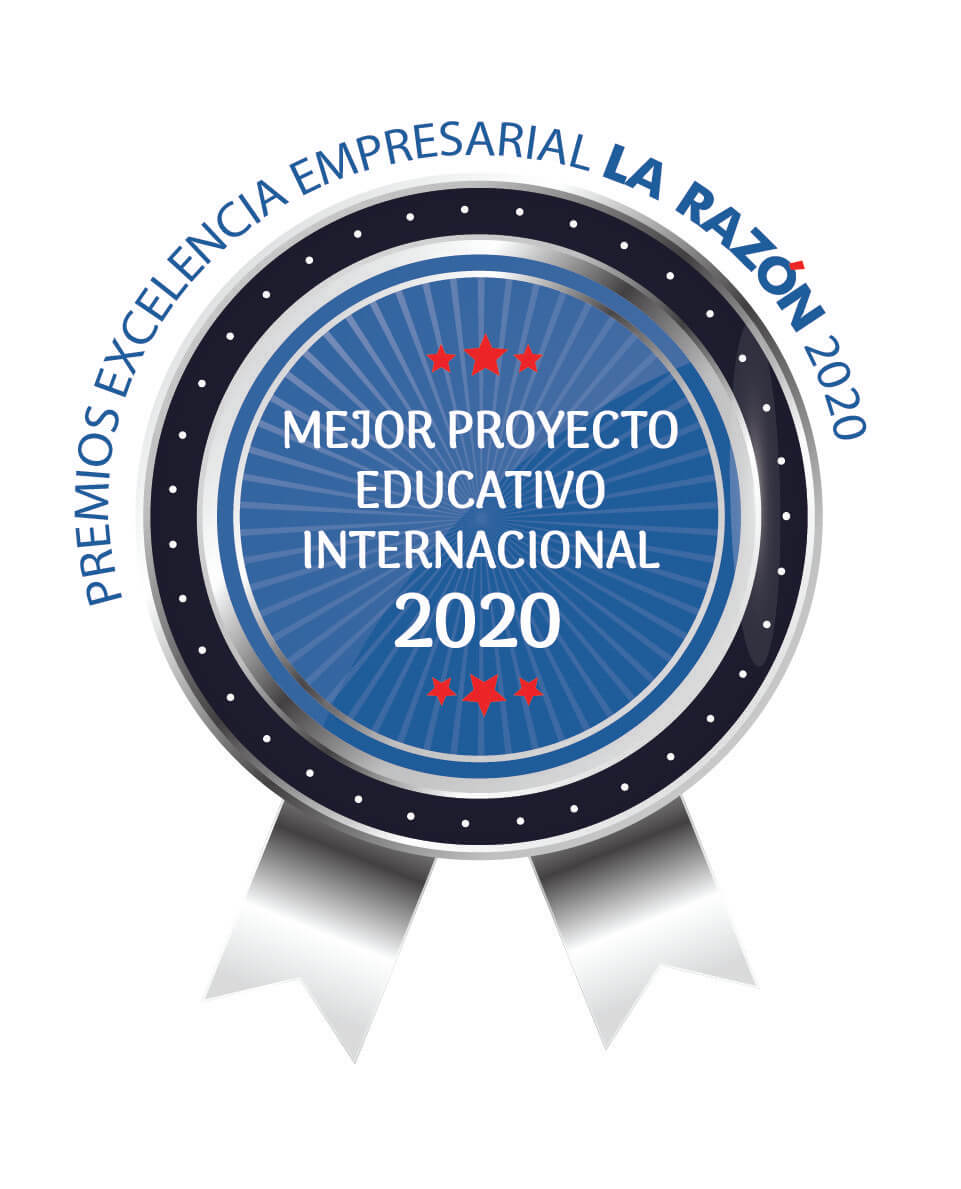







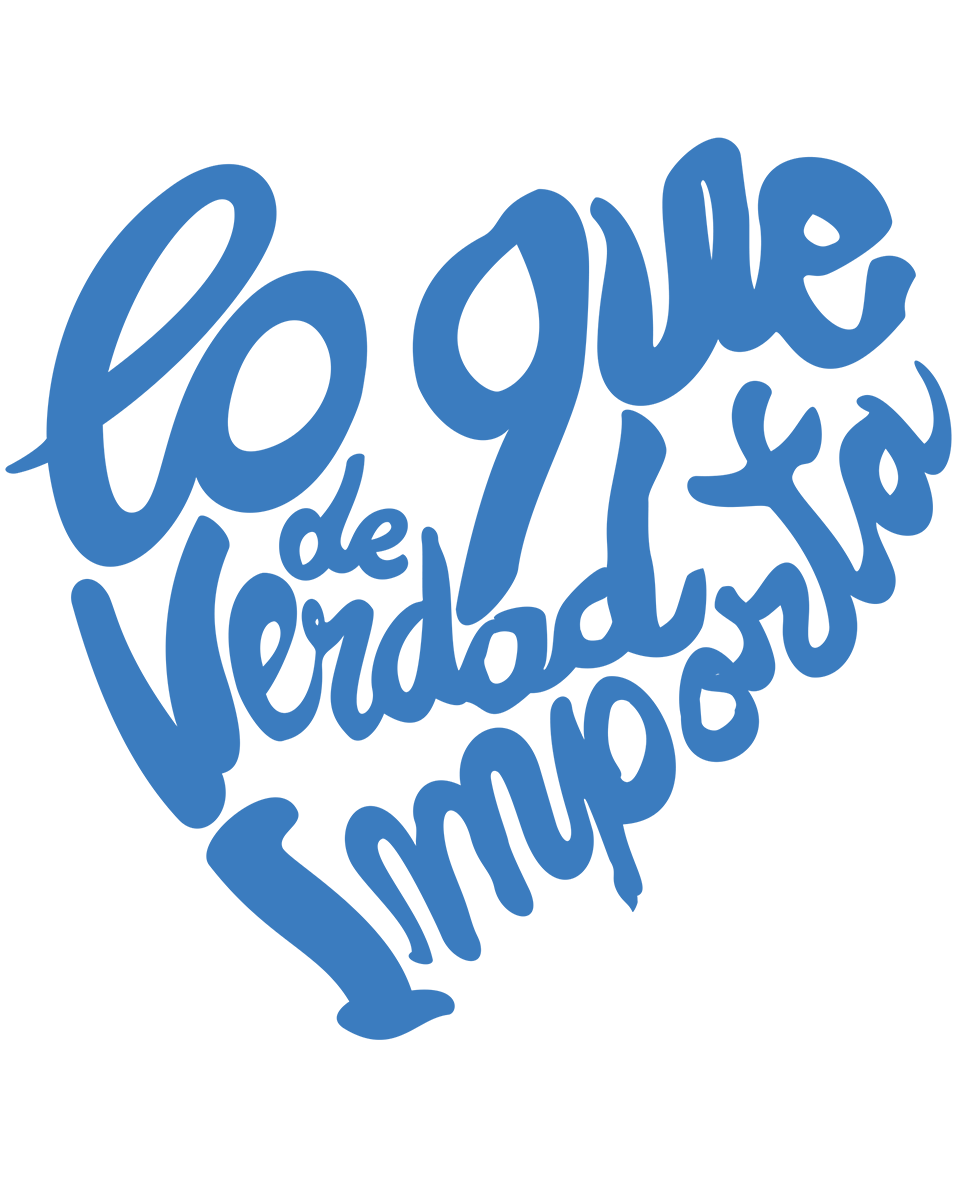
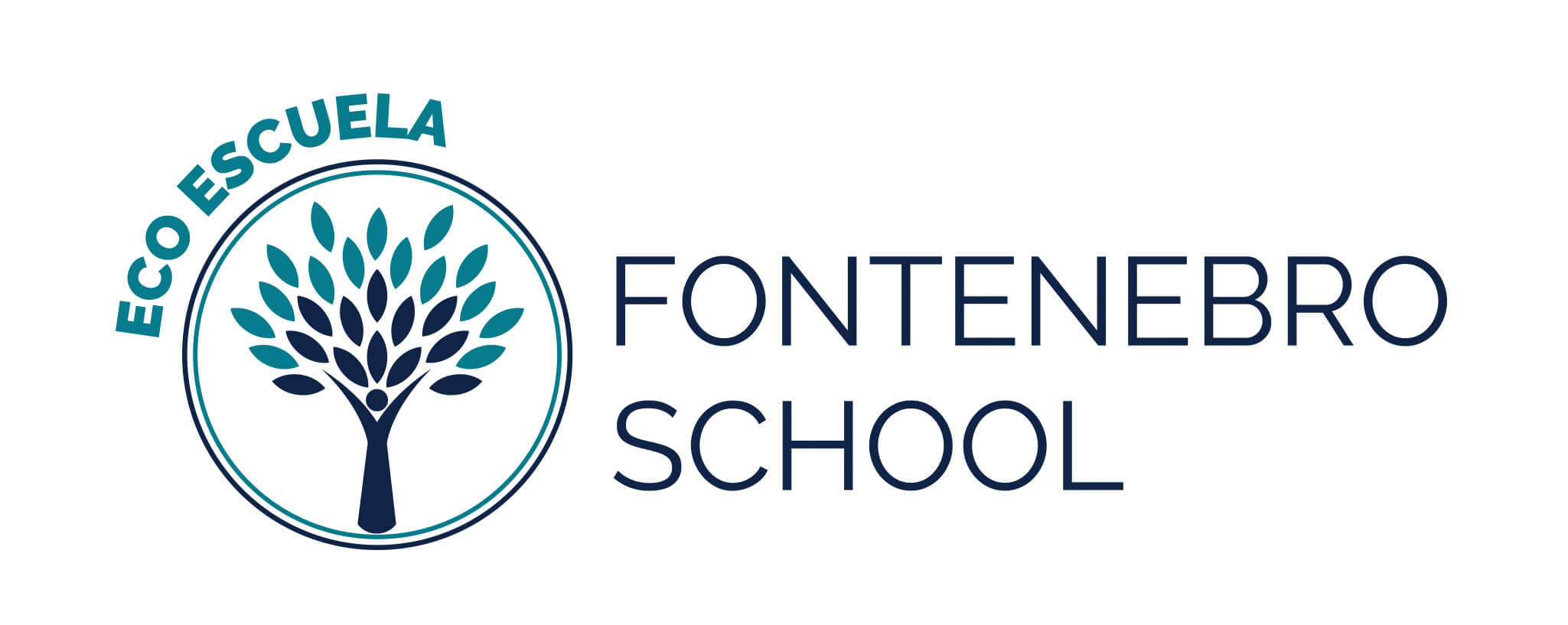
![BAPParentLogo[5]](https://fontenebroschool.com/wp-content/uploads/2020/09/BAPParentLogo5.png)
